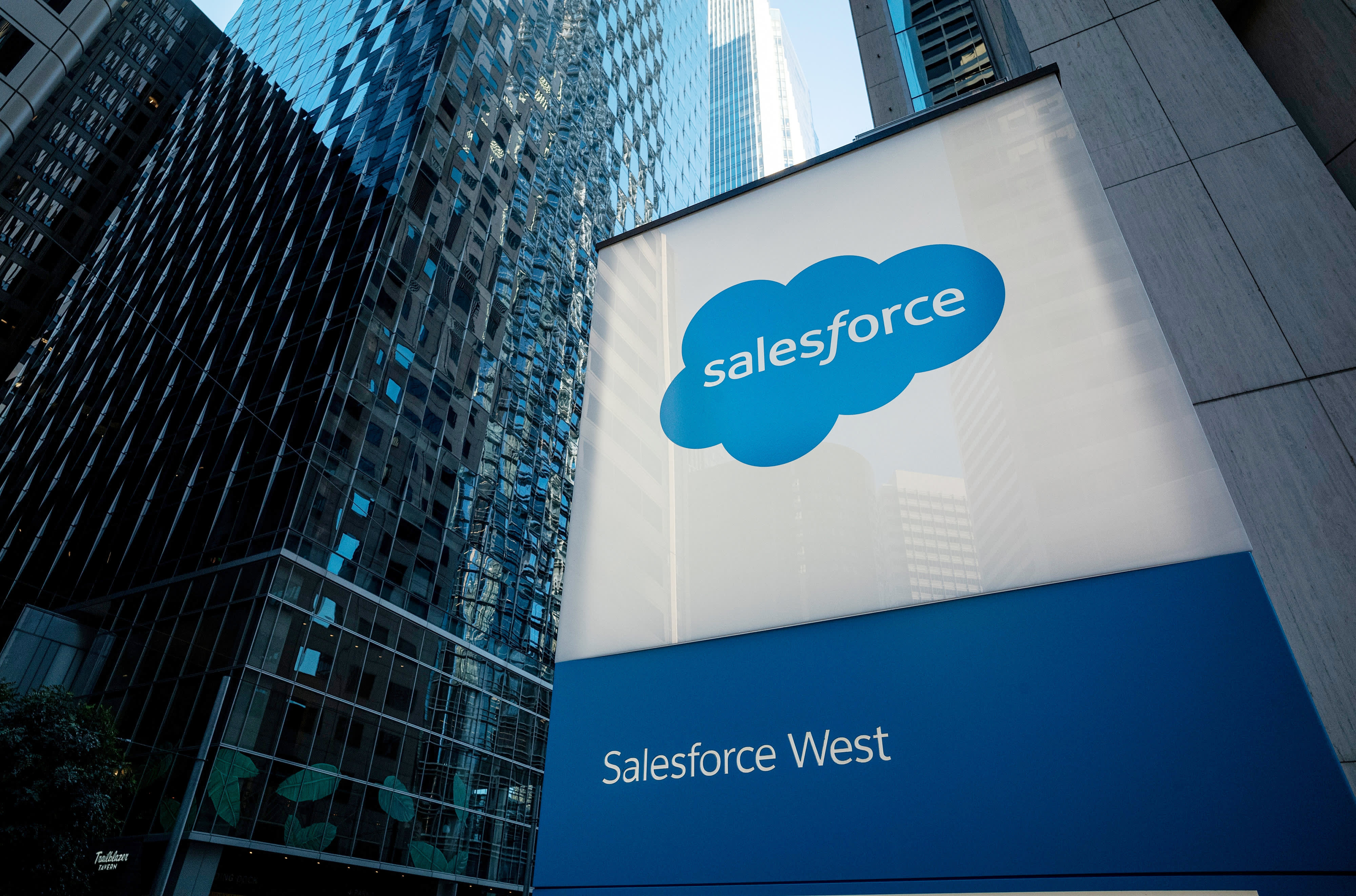Tech companies have laid off tens of thousands of workers in recent months as the industry grapples with a reduced risk appetite from investors and increases in borrowing costs. Laid-off employees across the tech sector enter an uncertain job market, with head count reductions taking place across all experience levels and teams. Few companies, with the possible exception of Apple, have been immune.
Laid-off workers will receive severance packages of varying size and duration, depending on where they work. Here’s what some of the biggest tech names have promised their employees.
Alphabet
On Friday, CEO Sundar Pichai said Google would lay off 12,000 workers across “product areas, functions, levels, and regions.” Laid-off U.S. employees will receive pay through the notification period and receive a 16-week base severance package with an additional two weeks for every year of employment at Google, Pichai said in a memo to employees.
Laid-off employees will also have “at least” 16 weeks of share vesting accelerated and receive 6 months of health-care coverage, he said.
A Securities and Exchange Commission filing from Google parent company Alphabet shared the memo from Pichai but did not specify the cost of the layoffs.
CNBC previously reported that employees had been anticipating layoffs with mounting anxiety, and on a heated Sept. 2022 all-hands meeting where employees pushed back against Pichai’s cost-cutting efforts.
Microsoft
On Wednesday, Microsoft said it was laying off 10,000 employees as the software maker anticipated slower revenue growth for the upcoming year. The cuts will take place through the end of March, with a spokesperson telling CNBC that sales and marketing teams would see deeper cuts than engineering.
CEO Satya Nadella said in an employee memo that some would learn this week if they were losing their jobs.
Benefit-eligible U.S. employees are to receive severance, six months of healthcare and stock vesting, and 60 days of notice, Nadella wrote. The Microsoft CEO had already alluded to potential cost-cutting efforts in an interview with CNBC-TV18.
“We will have to also get our own sort of operational focus on making sure our expenses are in line with our revenue growth,” Nadella said.
Microsoft will take a $1.2 billion impairment as a result of its restructuring and layoff efforts.
Amazon
Amazon has been going through rolling layoffs since last year. In November, it began job cuts that primarily affected units like recruiting and devices and services. At the time, the company offered its devices and services employees a severance package that included a separation payment, transitional health benefits, and job placement.
Earlier this week, it commenced its latest wave of layoffs, with the deepest cuts being felt in its retail and human resources divisions.
For retail employees in the U.S., Amazon is offering full pay and benefits over a 60-day period where Amazon will continue to keep them on the payroll, but they won’t be expected to keep working. After that period, Amazon will offer laid off employees several weeks of severance depending on the length of time with the company, a separation payment, transitional health benefits and job placement.
Amazon’s severance package appears similar for affected employees in other units. Human resources head Beth Galetti said the company will offer a separation payment, health benefits as applicable by country and job placement.
It’s unclear if Amazon’s severance package includes any provisions that would allow employees to accelerate the vesting of stock compensation. This matters to Amazon employees, as the company’s compensation has historically been weighted heavily to stock. An Amazon spokesperson didn’t immediately respond to a request for comment.
Salesforce
CEO Marc Benioff told employees on Jan. 4 that Salesforce would reduce head count by about 10%, or more than 7,000 workers, in response to a challenging economic environment. Laid-off employees would receive a minimum of “nearly” five months of pay. Benioff’s letter to employees also said that laid-off employees would receive health insurance benefits and career resources.
A spokesperson told CNBC that severance packages would include six months of healthcare coverage and a “minimum of two months outplacement support.”
Some employees who lost their jobs were notified the same day.
“Those outside the U.S. will receive a similar level of support,” Benioff wrote. The company anticipated taking a one to $1.4 billion impairment related to severance payments and “employee transition” amongst other things, according to an 8-K filing.
Benioff told employees more layoffs could be coming, just days after announcing those January cuts.
Meta
CEO Mark Zuckerberg announced on Nov. 9 that over 11,000 jobs would be cut as part of an effort to become a “leaner and more efficient company.” Meta shares had been heavily bruised for months prior, and investors had begun to more actively criticize Zuckerberg’s expensive pivot to virtual reality.
At the time, Zuckerberg promised “every” laid-off employee 16 weeks of severance, plus two weeks for every year of service, as well as RSU vesting and health insurance coverage for a predetermined amount of time.
In Dec. 2022, some laid off workers from a non-traditional apprenticeship program told CNBC that they were receiving substandard severance packages compared to other recently laid off employees. Instead of Zuckerberg’s promised 16 weeks, they received only 8 weeks of base pay, amongst other material differences.
Layoffs at Twitter began shortly after Elon Musk completed his takeover deal in 2022. Twitter had been expected to lay off over 3,700 employees, or over 50% of its workforce. Ultimately, many more employees quit after Musk announced that Twitter employees would be expected to commit to a “hardcore” work environment.
Under the terms of Musk’s buyout deal, existing severance agreements were to be honored by new management. But a group of Twitter employees filed suit in November, shortly after layoffs were executed, accusing Twitter of laying them off in violation of California’s layoff-notification law.
Musk had previously said that laid-off employees would receive three months of severance pay, but some Twitter employees claimed that in return for a non-disparagement agreement and a legal waiver, Twitter would offer them only one month of severance.
The class action was updated shortly after filing with allegations that Twitter was offering some laid-off employees half of what they had been promised.
Twitter also laid off over 4,000 contract workers without giving them prior notice, CNBC previously reported.
CNBC’s Annie Palmer, Jonathan Vanian, Jennifer Elias, Jordan Novet, Lora Kolodny, Ashley Capoot, and Sofia Pitt contributed to this report.








